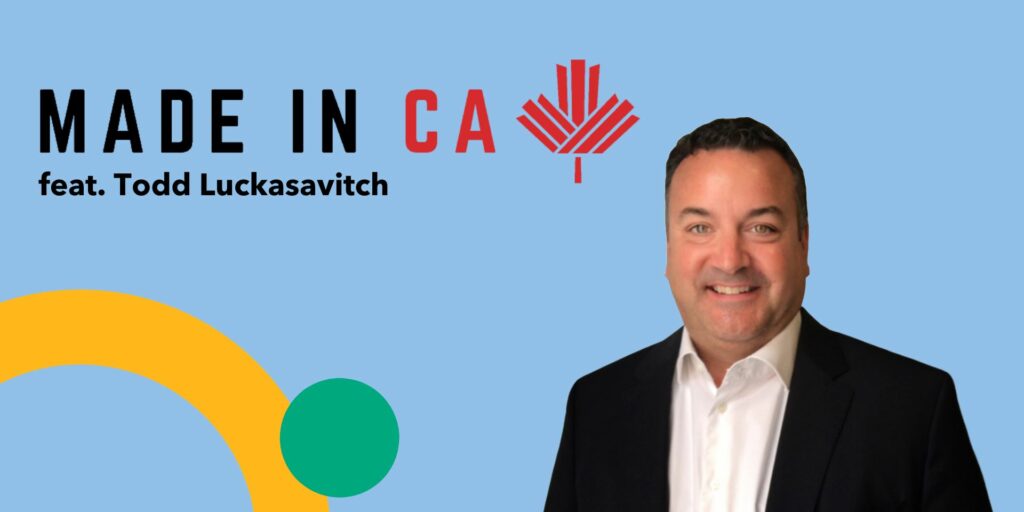[vc_row][vc_column][vc_column_text]In small non-profits, leaders wear many hats, and must apply and stretch their expertise across a number of disciplines.
Human Resources is no exception.
Whose job is it to hire and orient a new employee when there is no official HR person? What do you do when a high performing employee wants an increase in salary to compete with compensation levels at other NFP’s? How can you hire someone when you don’t have secure funding after six months? Is it possible to compete for top talent with the private sector and larger NFPs?
The challenges are formidable, yet not uncommon for small non-profits. It’s no secret that non-profit organizations often operate without the advantage of a large staff or infrastructure, in a cost prohibitive climate and with multiple stakeholders including board members, volunteers, community program leaders, funders and, of course employees.
This often complicated web of competing interests, layers and tight budgets can challenge even the best leaders. In this dynamic, it’s not uncommon that Human Resources falls on the shoulders of the CEO, Executive Director or Director of Administration. Despite being experienced in juggling multiple functional areas, these individuals are often not coming from an established background in Human Resources.
HR pain points often emerge that present frustrating, time-consuming challenges for the leader despite their best efforts, and impede or risk the organizations progress. As Peter F. Drucker wrote in Managing the Non-Profit Organization:
An effective non-profit manager must try to get more out of the people he or she has. The yield from the human resource really determines the organizations performance. And that’s decided by the basic people decisions: whom we hire and whom we fire; where we place people and whom we promote. – Peter F. Drucker
HR pain points can take many forms; some are obvious and quickly treatable and some can be harder to detect and require more effort and skill to apply a tactical or strategic solution. A proactive diagnosis and balanced approach that uses short and long-term business logic can address the “pain” that keeps you up at night!
Here are some key warning signs that present organizational challenges and Human Resources problems that may require some professional attention:
1. Poor-quality hiring decisions.
Recent or consistent challenges to fill a key role may be leading to hiring decisions based on familiarity or expediency as opposed to competence. Proper and practical talent management is critical to building a team with the right skills aligned with the needs and cultural fit for a thriving organization.
Settling on a candidate can put the organization on a constant hiring and poor performance treadmill that brings everyone down.
2. A lingering employee performance issue.
A lingering performance issue that is dragging down staff morale and impacting the confidence level of board members and staff in the management of the operation is a cause for concern. Despite leadership’s best efforts, a delayed, ineffective or non-existent approach to addressing employee performance issues can be distracting and pervasive and raises concerns at the board level which leads to a negative effect, not only for the individual but also for the team and organizational performance.
3. Low morale and/or employee satisfaction.
Low morale and employee satisfaction can lead to increasing employee complaints, low or deteriorating performance and behaviours that become inconsistent with the organization’s goals and desired culture.
Employee dissatisfaction can result from any number of sources and understanding your employees and the source of this frustration is critical. Uncovering the real issue often requires the right expertise to define, communicate and reinforce expectations. Creating simple practices and procedures can avoid confusion and minimize the amount of time leadership spends addressing constantly recurring issues or complaints.
Being in front of an issue versus at the mercy of a constant complaint(s) is a very satisfying and productive place for a leader to be. For example, establishing some structure in the area of compensation that is easy to manage and communicate can be a competitive advantage to improve employee satisfaction and retention through a transparent and defensible system.
4. Compliance risk.
Your organization may be experiencing a current compliance risk or issue.
Maybe an employee(s) is contacting or threatening to contact a regulatory body about perceived legislative violations, or your organization has experienced a visit or correspondence from a regulatory officer. It is important to find the right expertise to assess the level of compliance risk so you can protect your organization and understand the impact any delay has on the well-being of employees, the organizations reputation or financial performance.
5. Dramatic or impending organizational change.
If your organization is going through a period of change that is resulting in growth, downsizing or retooling to achieve new organizational performance requirements, it is important to have workforce strategies in place.
The completion of a strategic plan that sets out the direction for the organization for the next 5 years is a significant accomplishment, but executing that plan through your people will make or break your success. Expanding, improving, developing and/or reducing your workforce to achieve strategic goals can be minefields if not properly navigated.
You may be confident in making the tough decisions, but with poor implementation and attention to people issues, the organization may take a step back instead.
Of course, this list is by no means exhaustive but can be a good starting point to help you diagnose the state of your NFP organization and the role that Human Resources factors and available expertise may be playing in limiting or accelerating the achievement of the organization’s goals.
[/vc_column_text][vc_column_text margin_bottom=”15″]
We love to work with NFP organizations to build their team, improve employee engagement and ensure compliance needs are met. Learn more about our HR services.[/vc_column_text][/vc_column][/vc_row][vc_row][vc_column width=”1/4″][mk_circle_image src=”https://www.businesssherpagroup.com/wp-content/uploads/2016/04/John-Dawley.jpg” image_diameter=”300″][/vc_column][vc_column width=”3/4″][vc_column_text]
About the Author
John Dawley is a collaborative and results-oriented Senior HR leader with over 25 years experience in a variety of market sectors. John is a strong communicator and problem-solver with an ability to effectively identify and tackle business issues leading to practical and sustainable solutions. Working in both small and medium-sized business environments in private industry and non-profit settings, his experience spans across all HR disciplines.
[/vc_column_text][mk_contact_info email=”john@businesssherpagroup.com”][/vc_column][/vc_row]










